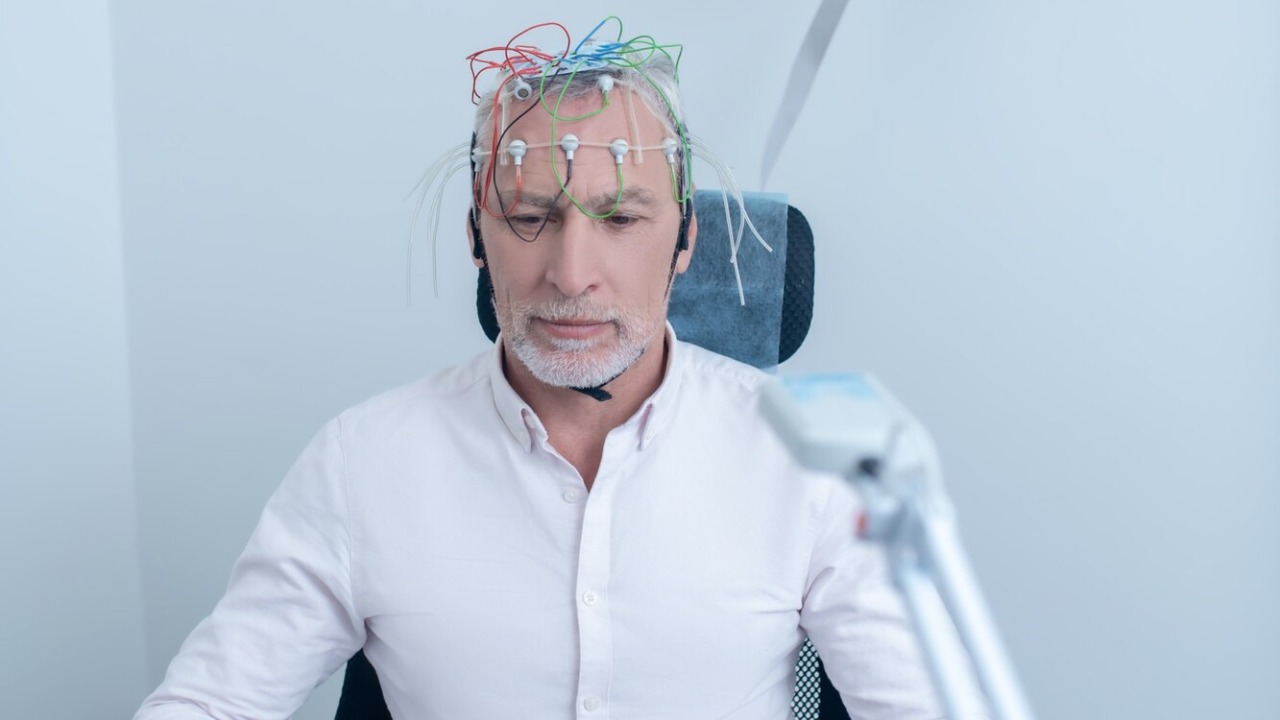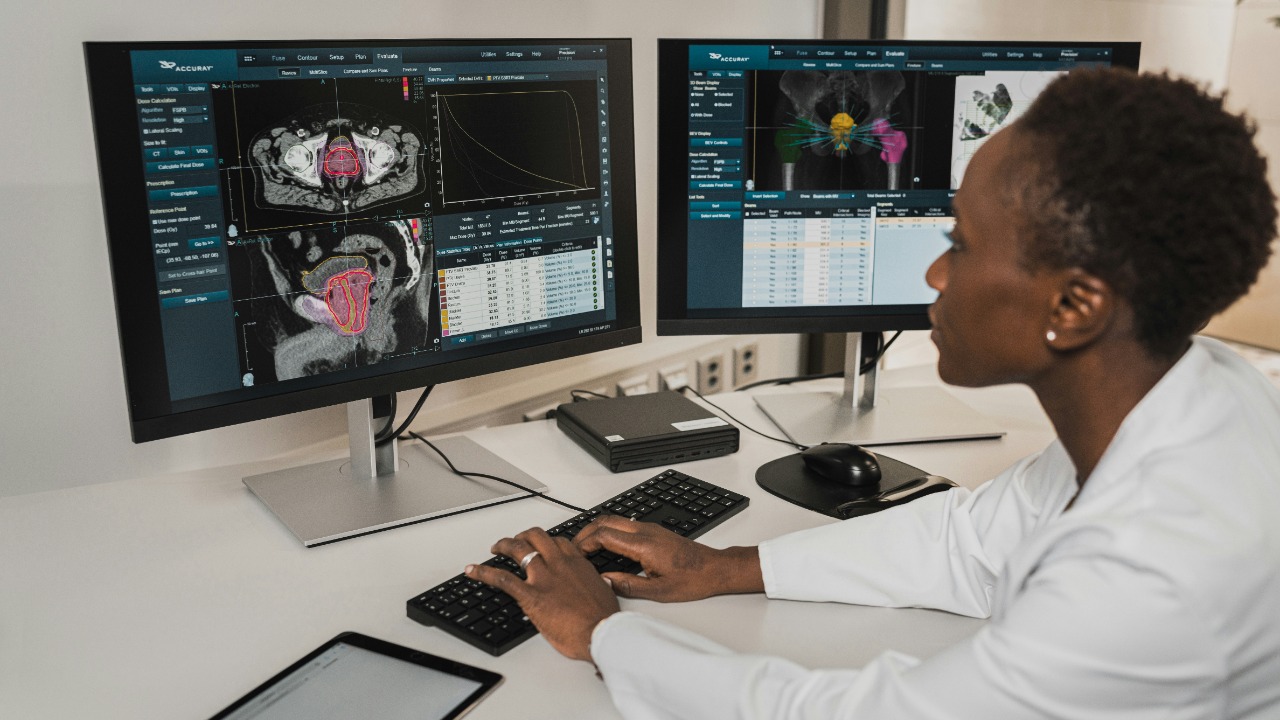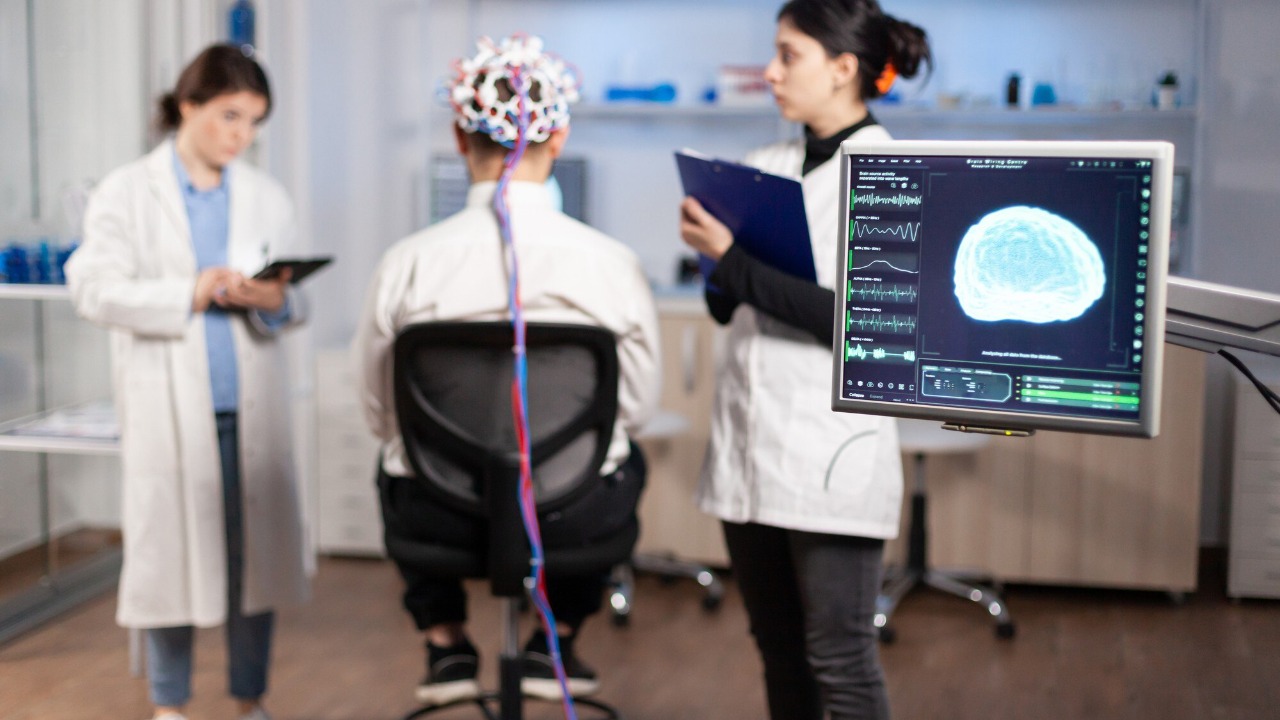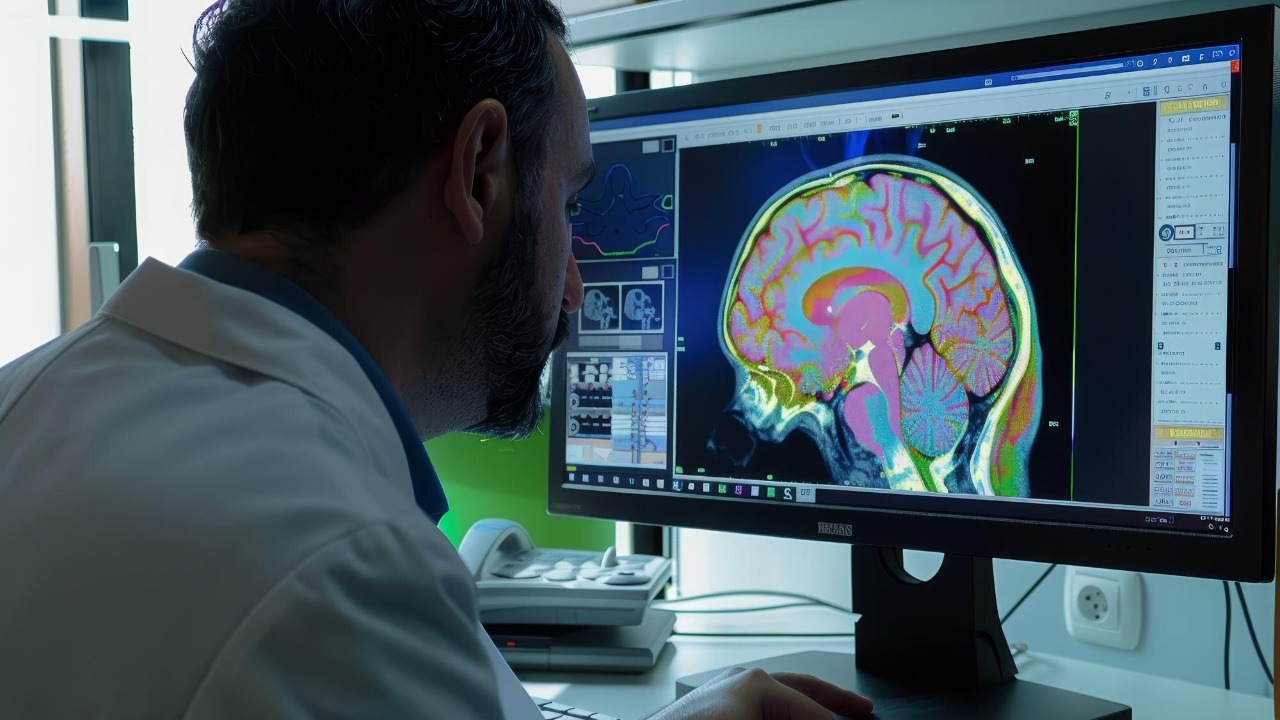
Researchers at the University of Maryland School of Medicine have developed a revolutionary ultrasound helmet device, known as the Exablate Neuro focused ultrasound system. This non-invasive technology targets deep brain regions to alleviate symptoms of Parkinson’s disease by disrupting faulty neural circuits without the need for surgery. In a clinical trial, a staggering 94% of participants experienced significant tremor reduction after just one 4-hour session. Initially approved by the FDA in 2016 for essential tremor and expanded for Parkinson’s in 2021, this innovation represents a significant advancement in the treatment of the neurodegenerative disorder that affects over 10 million people globally. source
How Focused Ultrasound Targets the Brain

The Exablate Neuro system operates on the principle of high-intensity focused ultrasound (HIFU). This technique uses sound waves to create precise lesions in the thalamus, a key area that is overactive in Parkinson’s patients, without the need for surgical penetration of the skull. The helmet’s design is sophisticated, featuring 1,024 ultrasound transducers that deliver waves converging on a 4-millimeter spot in the brain. This process is monitored in real-time via MRI to ensure accuracy. source
One of the significant advantages of this procedure is that it avoids the need for traditional deep brain stimulation implants, thereby reducing risks such as infection. Patients remain awake during the treatment and report immediate relief from symptoms post-treatment, further highlighting the potential of this groundbreaking technology. source
Clinical Evidence from Recent Trials

In a 2023 trial conducted by the University of Maryland involving 27 Parkinson’s patients, the device achieved a 75% average improvement in hand tremor scores at three months, as measured by the Unified Parkinson’s Disease Rating Scale. This result underscores the potential of the Exablate Neuro system in managing the debilitating symptoms of Parkinson’s disease. source
Earlier studies also show promising long-term outcomes. A 2018 multi-center trial involving 40 participants demonstrated sustained benefits in 69% of cases up to one year, with no serious adverse events reported. Lead researcher Dr. Howard Eisenbrock stated, “This could transform lives by halting the progression of motor symptoms in Parkinson’s.” source
Comparing Ultrasound to Traditional Parkinson’s Treatments

The ultrasound helmet presents a compelling alternative to traditional Parkinson’s treatments. Medications like levodopa, for instance, lose effectiveness over time and cause side effects like dyskinesia in 50% of long-term users after five years. In contrast, the Exablate Neuro system offers a non-invasive, one-time procedure that has shown significant effectiveness in reducing tremors. source
When compared to deep brain stimulation surgery, which requires implanted electrodes and batteries that last only 3-5 years, the ultrasound procedure, costing around $35,000 but covered by many insurances, appears to be a more sustainable and cost-effective option. However, it’s important to note that the device currently focuses on unilateral treatment for tremor-dominant Parkinson’s and may not be suitable for all of the 1 million U.S. patients diagnosed annually. source
Future Applications and Ongoing Research

The potential applications of this technology extend beyond Parkinson’s disease. Trials for dystonia and obsessive-compulsive disorder are being conducted using similar ultrasound technology at centers like the University of Virginia. This indicates the broad potential of focused ultrasound in treating a range of neurological conditions. source
Looking ahead, Insightec plans to conduct studies in 2024 to refine the device for bilateral brain targeting, potentially benefiting 80% more patients. With over 50 sites worldwide offering the treatment since FDA approval, the goal is to reduce the $52 billion annual U.S. economic burden of Parkinson’s disease, making this innovative treatment more accessible to those who need it. source